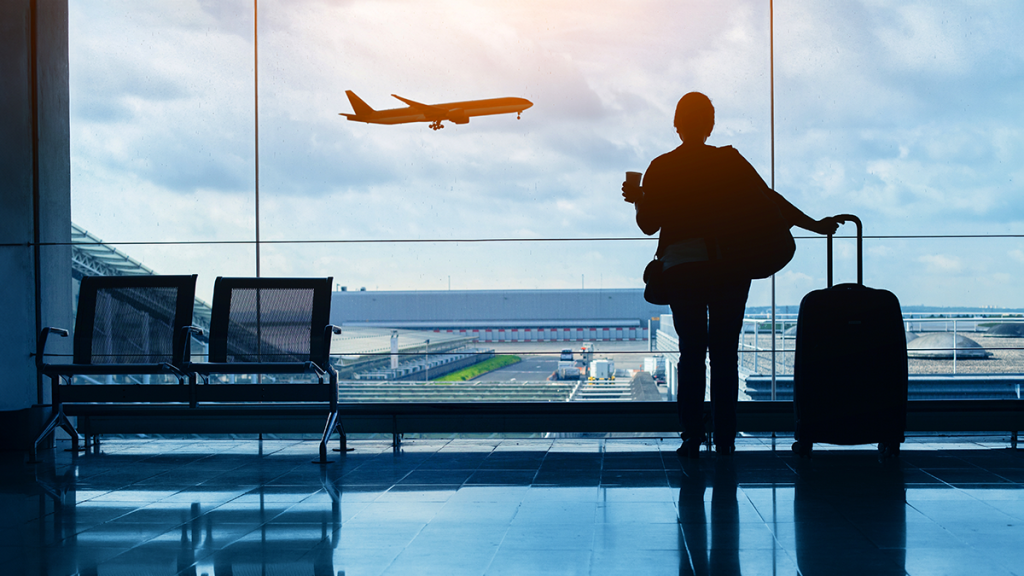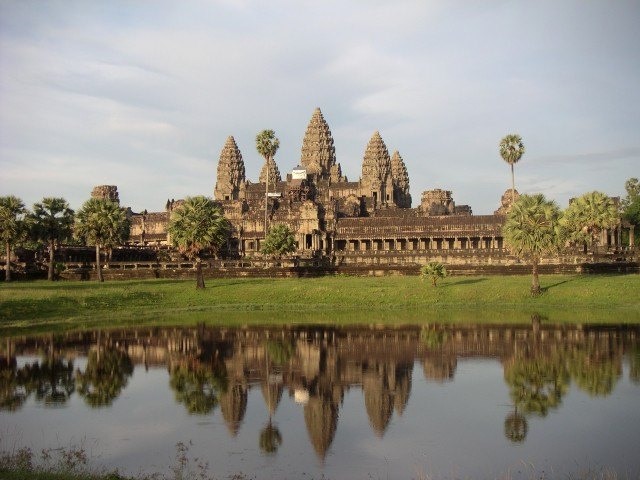Giro di Hoody: Is the Giro d’Italia now on par with Tour de France?
Is the Giro d’Italia now on par with the Tour de France?
At the midway mark of the 2021 edition of the corsa rosa, the Giro should not be envying its French neighbor for anything.
Star names? Check — Egan Bernal, Remco Evenepoel, and Peter Sagan. An engaging course? Boom! With gravel, Zoncolan, the Dolomites, and the overall awesomeness of Italy, what else could you ask for?
Strong storylines? This year’s race is packed with interesting narratives to keep everyone interested, from Evenepoel’s grand tour debut, to Bernal’s struggle to return to dominance, to the feel-good stories of first-time grand tour winners like Taco van der Hoorn and Mauro Schmid.
Also read: Taco’s win is what makes the Giro great
In many ways, the star-studded field and top racing so far in 2021 Giro is a culmination of a long road that began decades ago.
Since the inception of grand tour racing, the Tour always had an edge simply due to its longevity and prestige of being the first and hardest. For decades, however, the Tour and Giro were still very much their own national tours.
For the most part, Italians won the Giro and the French won the Tour. Of course, that wasn’t always true, but the Tour didn’t truly begin to eclipse the Giro and the entire racing calendar in general until cycling’s modern era.
When that began is up to debate, but by the 1980s, it was the Tour de France that emerged as the gravitational center of the cycling universe. When riders started to pour into Europe from the United States, Canada, Australia, and the UK, it was the yellow jersey they wanted to win.
Twenty years ago, the Giro was stuck in a familiar rut, a tendency that was confirmed in 2003 when sprinters like Alessandro Petacchi and Mario Cipollini won half the stages, and Gilberto Simoni was the next to win in what was a long string of Italian winners from 1997 to 2007.
Also read: Why the Zoncolan is so hard
That year’s Giro was also a turning point. Why? It saw the introduction of Monte Zoncolan.
The colossus of the Dolomites was an instant hit, and pumped new energy into a moribund Giro. Coming on the heels of the Angliru that lit up the Vuelta a España in 1999, climbs like Monte Zoncolan — with their impossible ramps and uneven roads — helped usher in a new era in professional cycling.
The shackles of tradition were unleashed, and course designers began scouring the backroads of Spain and Italy for the newest, steepest, and brashest climbs. The mega-success of Strade Bianche, introduced in 2007, filtered into grand tour racing as well.
The fortunes of both the Giro and the Vuelta, even lower on the prestige scale, began to boom. So much so, that even the Tour began to include 120km mountain stages, gravel sectors, and “impossible” summits into their annual parcours.
The Giro was catching up fast.
The Giro also upped its marketing game, and updated its look, graphics, social media imprint, and began taking the “big start” to far-flung locals, like Denmark, Northern Ireland, and Israel, all of which were wildly successful.
Also read: How the Giro ended up going to Israel
Behind the scenes, another boom for the Giro comes from a deal worked out between the race organization and the teams. The race is sharing more of its future income with teams, so in turn, the teams are bringing more of their top stars to the race.
Teams and riders, too, are looking at the Giro differently. Not only has the race become more interesting and more challenging, the top teams are bringing better and deeper squads to the race. In the past, the Giro might see a big name or two, like an Alberto Contador, but these days, in the eternal quest for points, victories, and exposure for sponsors, the top WorldTour teams are racing to win with many of their marquee riders.
The Tour remains the pinnacle, but it no longer towers above the other grand tours. It’s more like Mount Everest next to K2, or The Masters alongside the British Open.
All the legends want to be first at least once.
Yet the Giro retains many of its most attractive qualities. The tifosi, the unpredictable May weather, and the awe-inspiring backdrop of the raw beauty of Italy remain in place.
Its place on the calendar means it’s the “first” grand tour of the year, but one former race director once lamented, just imagine if the Italians had thought of the grand tour concept first? Instead of seeing the race in May, the Giro could have been in the full splendor of Italy’s summer.
Of course, the Giro’s second-out-of-the-gate designation might well be what serves it well.
The Tour de France has grown too commercial, too big, and too important for many. And as one colleague said, if the Italians would have thought of the grand tour first, then the Giro wouldn’t be any fun at all.
Rough day at the office — six leave Giro
The Giro’s longest stage so far paid a high price in the peloton Thursday.
The climb-heavy stage, featuring more than 4,000 vertical meters, didn’t see too many fireworks on the GC, which can be expected with Monte Zoncolan looming Saturday.
The stage did see several top riders exit the race, however.
Marc Soler (Movistar), who started the stage 11th overall, crashed out early. Team officials confirmed no broken bones, but he was unable to continue. Alessandro De Marchi (Israel Start-Up Nation), who wore the pink jersey for two stages, also crashed out. Officials confirmed he did not suffer head injuries. Teammate Alex Dowsett pulled out with a bad stomach.
Stage-winner Gino Mäder (Bahrain Victorious), Fausto Masnada, a key helper in the mountains for Remco Evenepoel at Deceuninck-Quick-Step, and Kobe Goossens (Lotto-Soudal) all also pulled out.
Some 164 riders remain of the 184 starters in Torino two weeks ago, with Lotto-Soudal down to four of its eight starters.
https://twitter.com/Movistar_Team/status/1395330652883623942
Matteo Jorgenson now free to attack
The untimely exit of Marc Soler could see the shackles taken off Matteo Jorgenson going into the final half of the Giro d’Italia.
So far, the 21-year-old grand tour rookie has been working for Soler. The Spaniard was hoping for a top-10 before crashing out Thursday.
Without a “Plan B” GC option, Movistar will now move into full stage-hunting mode. Veterans like Dario Cataldo and Davide Villella will likely be moving in the bunch.
Also read: North Americans racing in the Giro
Jorgenson might have gotten the message early. With Soler out of the stage, Jorgenson eased off the pace Thursday, and finished second-to-last on the stage.
Perhaps saving his legs for breakaway attempt Friday?
Social media we liked …
Gianni Moscon should have known better: Ineos have far bigger fishes to fry than the Shark…
Vincenzo Nibali’s attack on the final descent was a red herring which Moscon fell for hook, line and sinker. And for what? 7 seconds & a bruised ego #Giro2021 https://t.co/Yfw1rTm13E
— Felix Lowe (@saddleblaze) May 20, 2021
Egan Bernal on the last meters of #Giro2021 stage 9. 😯 pic.twitter.com/UsamIoIof6
— Justus Radmacher (@jhleighhunt) May 16, 2021
💗 Giro d’Italia 2021 – Stage1⃣2⃣
🇮🇹 @vincenzonibali
📌 Descent off the final climb
🌪️ 83.3 km/h 👉 Top speedPowered by @VelonCC #Giro pic.twitter.com/EPRLL1VVEo
— Giro d’Italia (@giroditalia) May 20, 2021




